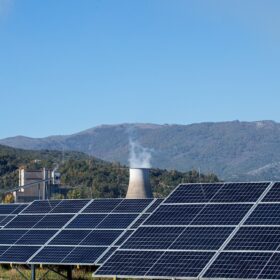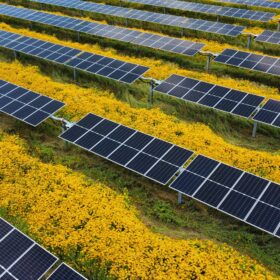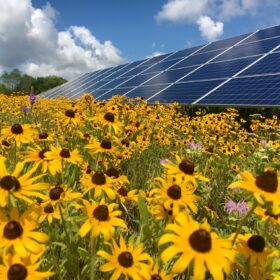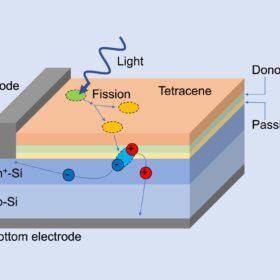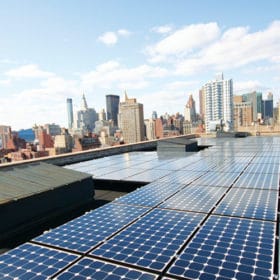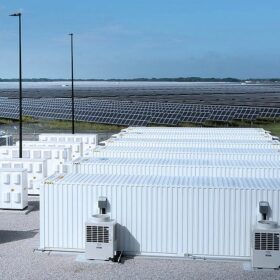To transition from fossil fuel to solar energy, researchers say ‘rules of the game’ must also shift
Pennsylvania State researchers found that solar opponents equated non-disclosure agreements with gag orders because of their unethical use within hydraulic fracking even though solar developers used the agreements for very different reasons.
Yes in my backyard: research rejects ‘NIMBY’ hypothesis for solar opposition
Most people who live near large-scale solar projects have positive or neutral feelings about the solar project and only 18% would be opposed to additional solar projects, found a national survey published in Frontiers in Sustainable Energy Policy.
Solar grazing undergoing rapid growth, census finds
The scale of livestock grazing in agrivoltaic installations is much larger than previously understood, found the first solar grazing census by the National Renewable Energy Laboratory and the American Solar Grazing Association.
How state policy plays an important role in cutting carbon emissions
Using a breadth of datasets, researchers modeled how states’ clean energy goals might evolve under state-led action versus federal support.
Iowa researchers explore how solar panel height, design affects crop yields
Iowa State University is using a $1.8 million grant to study whether higher solar arrays create better growing conditions for horticultural crops and beekeeping production.
Leading threat to farmland is real estate development, not solar, agricultural analysts say
Arkansas could double its total energy generation with solar and still only require a very small fraction of the land to do so, according to analysis by the University of Arkansas System Division of Agriculture.
MIT scientists developing silicon solar cell based on singlet exciton fission
Scientists in the United States have designed a microwire solar cell that could reportedly enable the coupling of singlet fission with silicon. Key to their achievement was an interface that transfers the electrons and holes sequentially into silicon instead of both at once.
Solar grazing supports healthier soil, food for sheep, study finds
Solar sheep grazing helps to create a beneficial dual-use environment, found American Solar Grazing Association in a two-year study conducted at 31 different solar sites.
Local opposition threatens clean energy transition
Unprecedented local opposition and anti-solar local ordinances, along with softened federal support from the Trump administration, is driving a need for a new generation of state solar rights statutes, researchers conclude in a forthcoming paper from Arizona State University’s College of Law.
Solar-plus-storage for extreme low temperatures
Scientists in the United States have created a testing platform for energy harvesting in solar-plus-storage systems under extreme temperatures ranging from -180 C to 300 C.
